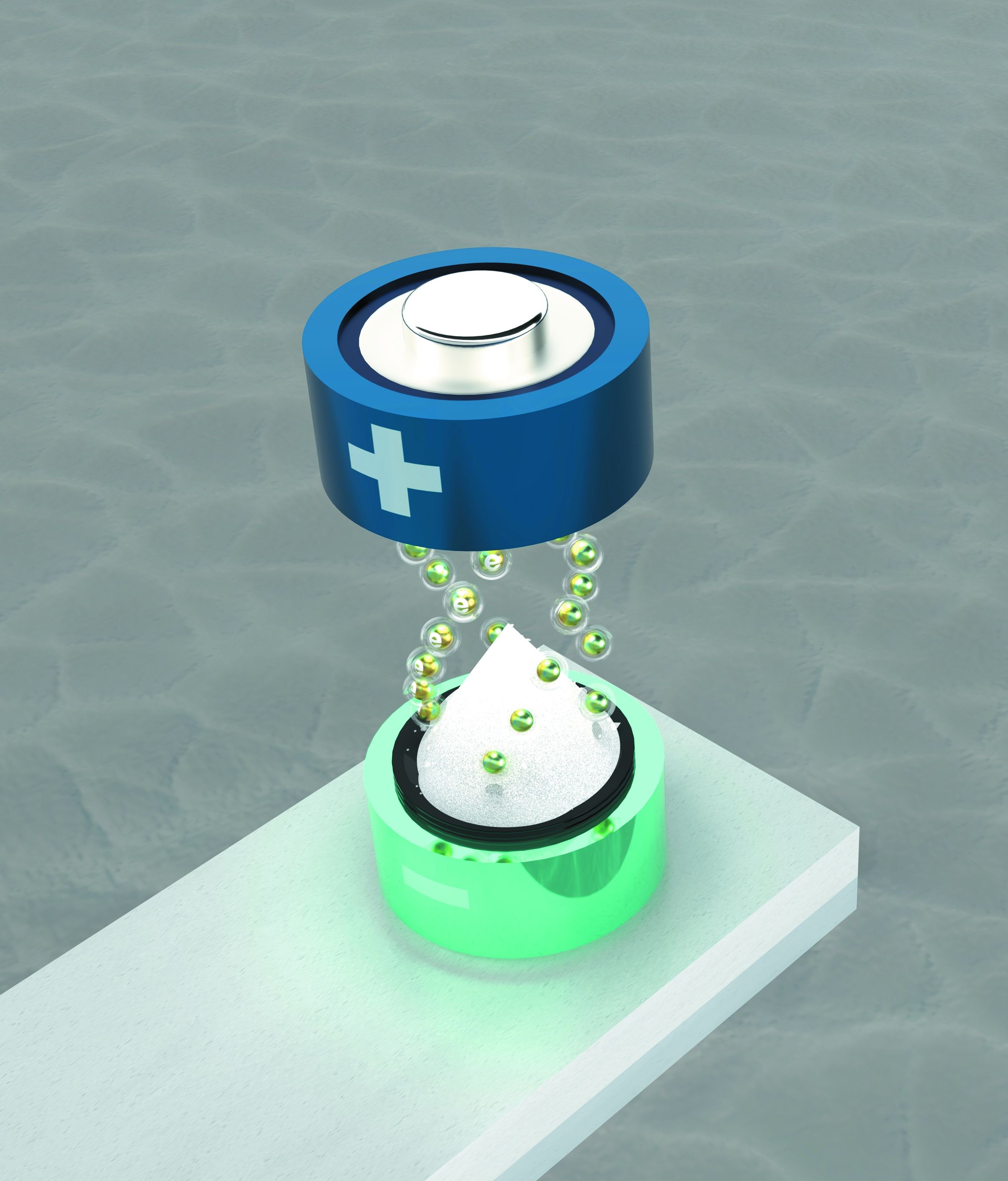Science Square (Issue 160)

A new bionic leg enables below-the-leg amputees to achieve a natural walking gait.
Song H. et al. Continuous neural control of a bionic limb restores biomimetic gait after amputation. Nature Medicine, July 2024.
A recent study demonstrated that a prosthetic leg could be controlled entirely by the body's nervous system. During amputation, surgeons connect muscle pairs within the amputated leg, enabling patients to feel and move their phantom limb. Researchers placed electrodes next to these muscles to measure electrical pulses, which a control system interprets to operate the robotic prosthesis. This is the first study to show that such brain control can result in a natural gait.
Involving seven below-the-knee amputees, the study found that those who had undergone this surgery walked faster, avoided obstacles, and climbed stairs more naturally than those with traditional amputations. The study revealed that patients experienced less pain and muscle atrophy following this surgery. About 60 patients worldwide have received this surgery, which can also be applied to arm amputations. This work demonstrates significant potential in restoring function to patients with severe limb injuries.
The goal is to enable the nervous system to control the limb, making it feel like part of the body rather than relying on robotic controllers and sensors. Professor Hugh Herr, a double amputee and senior author of the study, is considering undergoing the procedure himself, as it could benefit both new and older amputations. Researchers hope this amputation technique, which preserves natural muscle interactions, will become a standard procedure in more hospitals.
Internet addiction disrupts brain development in teens.
Max L. et al. Functional connectivity changes in the brain of adolescents with internet addiction: A systematic literature review of imaging studies. PLOS Mental Health, June 2024.
With adolescents increasingly spending more time online, internet addiction among this group has surged. Given the greater neuroplasticity of adolescent brains compared to adults, understanding the effects of internet addiction on their brains and behavior is vital. A new study found that internet addiction is linked to disrupted signaling in brain regions involved in multiple neural networks crucial for attention, intellectual ability, working memory, physical coordination, and emotional processing, all impacting mental health.
A literature meta-analysis of 12 neuroimaging studies focused on adolescents with internet addiction examined changes in brain network connectivity, which governs key behaviors and development. The studies showed that teenagers with internet addiction exhibited significant disruptions in brain regions associated with the executive control network, which manages attention, planning, decision-making, and impulsivity, compared to non-addicted peers. While results varied for the default mode network, disruptions were often reported during tasks requiring self-introspection and attention. These signaling changes could hinder such behaviors, potentially affecting development and well-being. Further research with larger and more diverse populations is necessary to confirm how internet addiction alters brain control over behaviors and overall well-being. Understanding these effects and replicating functional MRI studies across multiple populations can inform future global therapeutic and public health interventions.
World’s first anode-free sodium all solid-state batteries.
Deysher G. et al. Design principles for enabling an anode-free sodium all-solid-state battery. Nature Energy, July 2024.
Researchers have developed the world's first anode-free sodium solid-state battery. This breakthrough discovery promises affordable, fast-charging, high-capacity batteries for electric vehicles and grid storage. Previously, no one had successfully combined sodium, solid-state, and anode-free battery technologies.
The team designed a new sodium battery architecture that remains stable for hundreds of cycles. By eliminating the anode and using abundant sodium instead of scarce lithium, these batteries have become cost-effective and environmentally friendly. This advance is crucial for producing the terawatt hours of batteries needed to transition from fossil fuels. Lithium, making up 20 parts per million of Earth's crust, is expensive and concentrated in a few regions, complicating global decarbonization efforts. In contrast, sodium is abundant and more environmentally sustainable. To solve the challenge of ensuring good contact between solid electrolytes and the current collector, the researchers created a current collector from aluminum powder. This material behaves like a liquid when densified under high pressure, maintaining efficient cycling. This innovative approach could advance sodium solid-state battery technology, potentially outperforming lithium versions. The ultimate goal is a future with diverse, clean, and inexpensive battery options to store renewable energy.












